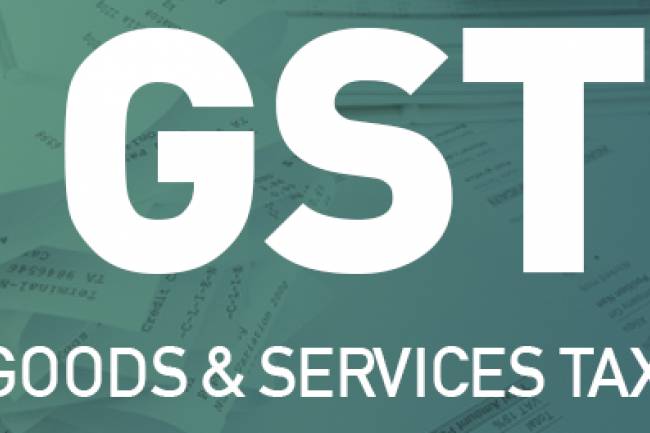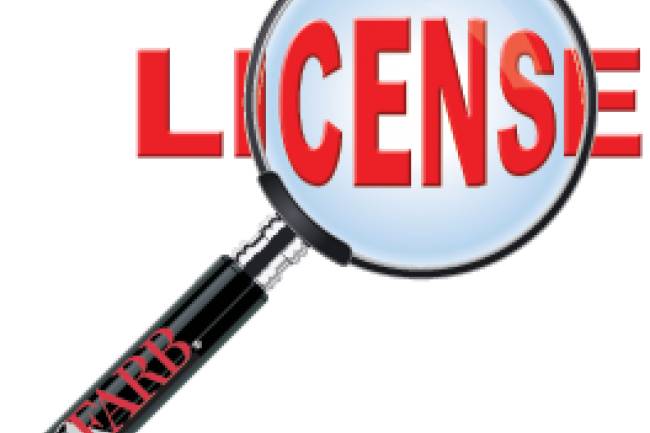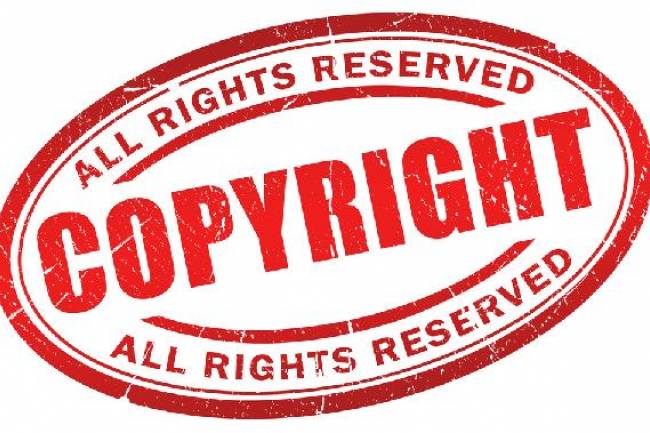
Whether Keyword Advertising Is a Trademark Infringement or Not
The time of web has prompt the coming up of catchphrase publicizing. By and large characterized as a type of publicizing on the Internet in which a business pays to have a commercial for a site show up on a customer's PC screen when the shopper utilizes a specific word or expression to look for data on the web they lay an essential part in promoting and advertising of different organizations.
However, the issue emerges when a man or an organization buys a catchphrase so as to promote his item and such a word is a trademark of an outsider. In such a case, a customer is probably going to get mistaken for such watchword, as in if a man is looking through a word which is a trademark of a specific outsider and is lead towards the notice of the catchphrase buyer, is that thought to be a trademark encroachment?
The issue that is postured by the trademark proprietor is that this routine with regards to purchasing catchphrases brings about perplexity among the shoppers. As an outcome, a significant number of the trademark proprietors have documented many cases on their rivals purchasing such catchphrases. They guarantee that the Lanham Act of USA precludes any utilization in business of an enlisted stamp or impersonation thereof that "is probably going to cause disarray, or to cause botch, or to swindle." Therefore, such a training is the act of trademark encroachment.
Introductory intrigue perplexity
The principle of beginning interest disarray says that the perplexity happens preceding buy. A customer may be befuddled at the beginning stage of his pursuit because of the abuse of the trademark by the watchword buyer.
Along these lines, the factor that assumes a most critical part in establishing that whether there is an encroachment or not is the idea of 'Starting Interest Confusion.'
On account of Brookfield Communications v. West Coast Entertainment:
The court while offering significance to the insurance of the trademark proprietor noticed that "the utilization of another's trademark in a way figured 'to catch beginning purchaser consideration, despite the fact that no real deal is at long last finished because of the disarray, might be as yet an encroachment.''
Components that courts commonly consider in deciding if there is a probability of disarray include:
The measure of similitude between the merchandise and ventures and trademark;
The quality of the offended party's check;
Confirmation of disarray caused to purchasers;
The aim of the litigant in utilizing its check;
The measure of sensible care that is practiced by the purchaser.
The courts have been questionable on this idea. Much of the time, the court has held that such a routine with regards to watchword promoting is typical rivalry on the off chance that it doesn't bring about client disarray.
In any case, by and large, the courts of USA, have decided that if a man or a gathering utilizes a trademark of another as a catchphrase, such act isn't considered as a trademark encroachment. So as to make a man obligated under the Lanham Act for obtaining that watchword and encroaching the trademark, the trademark proprietor needs to set up that
Is the trademark being "utilized" in business?
With a specific end goal to make a man at risk for the trademark encroachment under the Lanham Act, it is important to demonstrate that the individual blamed for the encroachment must utilize such check or the watchword. In any case, it is all around settled by various cases that the utilization of a 'watchword' as a trademark qualifies as an "utilization in business" under the Lanham Act.
What is the purchaser hunting down?
It has been chosen by different courts that if a man sorts the name of a specific brand or item, at that point it is to be construed that he is hunting down that specific item or that specific brand. Consequently, in these cases, it must be accepted that the client was looking through that specific result of specific brand as it were.
Is the trademark utilized as a part of the content or body of the ad?
It has been chosen on account of Rosetta Stone Ltd. v. Google, Inc,
that the when the trademarks as 'catchphrases' were utilized as a part of the title or body of a promotion or "supported connection" that shows up on a Google query items page there is a probability that such would cause shopper perplexity.
Remembering the over three variables, it is imperative that such a consideration ought to be paid to the visual notice of the catchphrase buyer on the web index result's page, on the grounds that while perusing the item data the shopper may be befuddled by the promotion on a similar screen.
Subsequently, if a man utilizes the trademark as a watchword in the body of the commercial and tries to befuddle the clients, it can bring about trademark encroachment.
The use of the law on catchphrase promoting
This principle of 'Beginning Interest Confusion' has not been grasped by every one of the courts. In the instances of watchword promoting, there are less number of situations where the courts have managed the issue of perplexity not to mention introductory intrigue disarray.
Because of the absence of cases on this purpose of law, a large number of the courts have chosen cases those ought to have included beginning interest disarray on whatever other issue that has brought about some disrupted inquiry with respect to this regulation. A few courts have received the part of Initial Interest perplexity, however some have not considered the online angle by any means.
Conclusion
Watchword publicizing has turned out to be a possibly significant technique for internet promoting as it can get the intrigued and potential buyers. In any case, the law that is appropriate to this perspective isn't settled and in the event that somebody buys a watchword that is a trademark of an outsider it has the danger of encroachment.
Yet, it is conceivable to utilize a trademark as a catchphrase with no risk of encroachment if the watchword buyer (a) has given honest promotions, (b) attempted preventive strides to maintain a strategic distance from perplexity amongst trademark and watchword (c) have stayed away from a false relationship between the products or administrations publicized and the check proprietor.
Visit HireCA.com Now



















